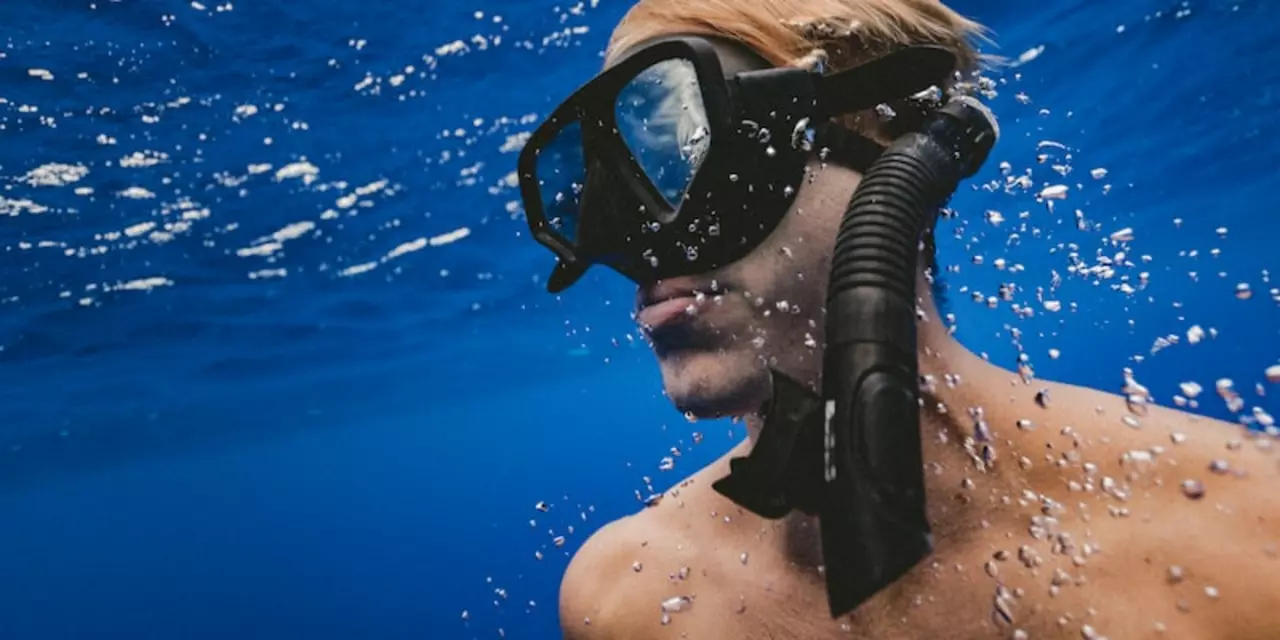Goggles – Everything You Need to Know
When it comes to goggles, protective eyewear that keeps water out of your eyes while you swim. Also known as swim goggles, they are essential for clear vision and comfort in the pool. A well‑fitted pair works hand‑in‑hand with swimming, the sport that demands clear sight and streamlined movement. Most modern goggles feature anti‑fog coating, a thin chemical layer that prevents lens condensation during intense laps, and many include UV‑shielded lenses, which block harmful sun rays for outdoor training. These attributes together make goggles a must‑have tool for any swimmer looking to train or compete efficiently.
So, what exactly makes a good pair? First, the seal. Silicone or rubber skirts create a watertight barrier; a proper seal eliminates splash and stops fog from sneaking in. Next, the strap system. Adjustable, quick‑release buckles let you fine‑tune tension without pulling your hair. Finally, the lens shape. Low‑profile lenses reduce drag, while larger, curved lenses increase peripheral vision—ideal for open‑water sessions.
Choosing the Right Goggles for Your Needs
If you’re a casual lap swimmer, a budget-friendly training model with a soft silicone seal and basic anti‑fog treatment will do. Competitive swimmers often crave low‑profile, hydrophobic lenses that shave seconds off each turn. For triathletes training outdoors, UV‑shielded lenses with polarized coating protect against glare and keep eyes comfortable under the sun. Prescription goggles are also available for those who need vision correction without sacrificing performance.
Fit isn’t just about comfort; it directly impacts speed. A loose seal creates extra drag, forcing you to work harder to maintain pace. Conversely, an overly tight fit can cause headaches and limit eye movement. The trick is to try the goggles on dry, then test them in the water. If you see a small stream of water on the inside, the seal is too loose. Adjust the strap or try a different size until the lenses sit snugly without pinching.
Maintenance matters, too. Rinse goggles with fresh water after each session to remove chlorine or salt residue. Store them in a soft case to prevent scratches on the lenses. Avoid using hot water or harsh chemicals; they can damage the anti‑fog coating and degrade the silicone skirt over time.
When you understand the relationship between lens technology, fit, and the swimming environment, picking the right goggles becomes a straightforward decision. Whether you’re aiming for a personal best, training for a triathlon, or just enjoying a leisurely swim, the right pair can keep your eyes clear and your focus sharp.
Below you’ll find a curated collection of articles that touch on swimming performance, equipment choices, and broader sports insights—all designed to help you make the most of your time in the water and beyond.
Why are swimming goggles tinted?
Swimming goggles come in a variety of tints and shades to suit different needs. Tinted goggles are designed to reduce the amount of light that enters the eyes, reducing glare and improving vision in bright sunlight or indoor lighting. Different tints also help swimmers to distinguish between different depths of water, and can reduce the strain on the eyes caused by bright light. They also help to protect eyes from the chemicals in swimming pools, and can reduce the risk of eye infections. In addition, some tints can be used to enhance performance by helping swimmers to focus on the water ahead.
